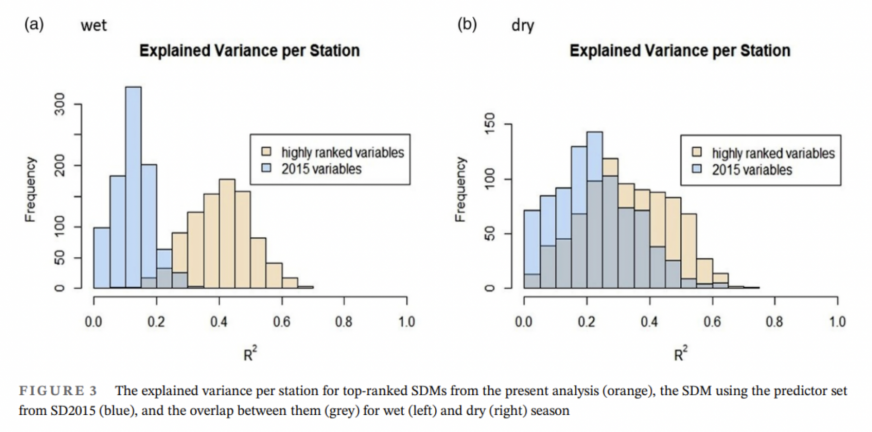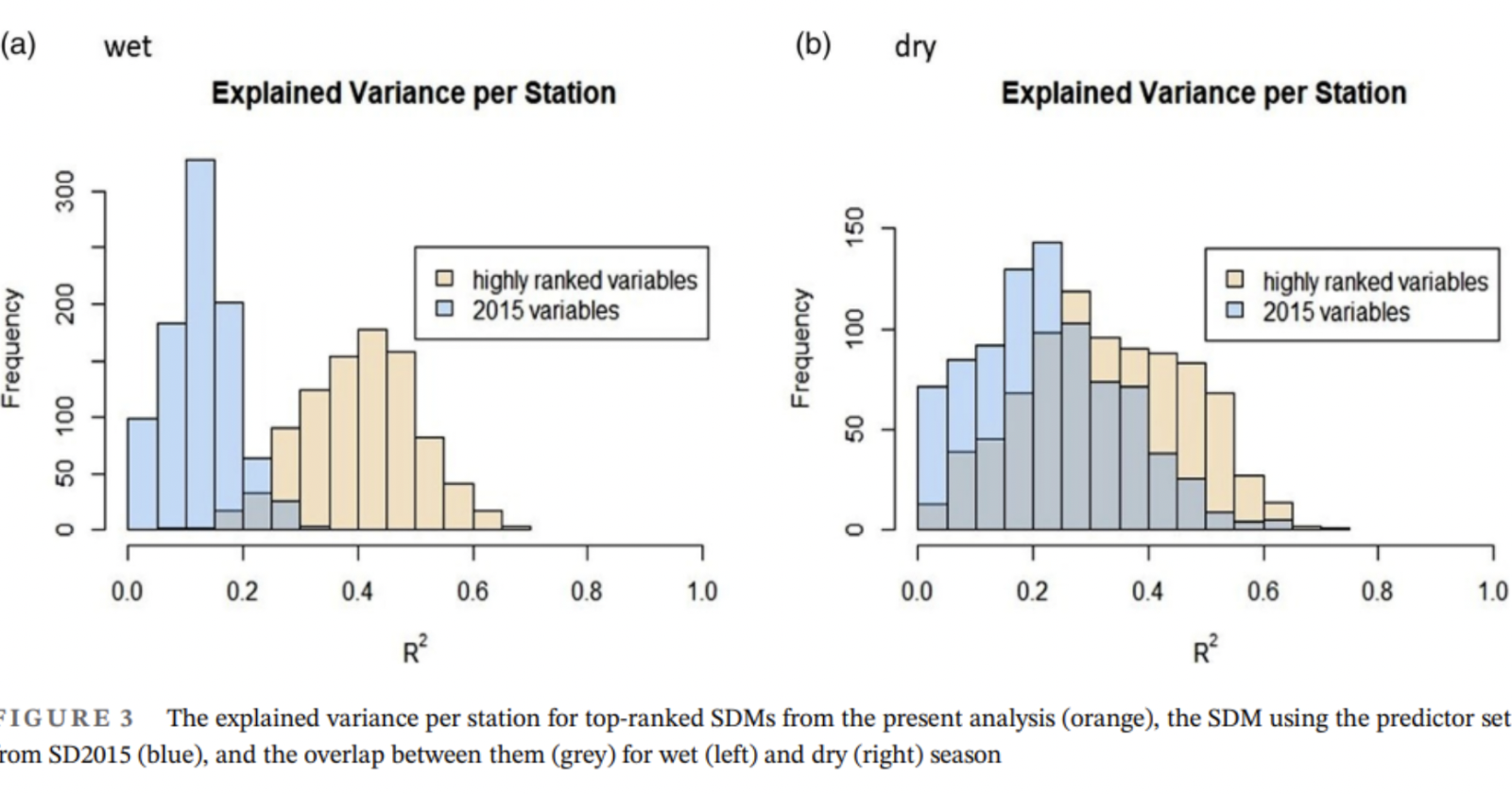A paper was recently published in the International Journal of Climatology by Kristen Sanfilippo and other researchers from the University of Hawaiʻi, the State Univeristy of New York at Albany and Clark University. Despite the many developments in methods to provide local-scale precipitation information known as statistical downscaling, perfecting these methods remains a challenge. One of these challenges is determining which large-scale features of the atmosphere are most relevant and influential to local-scale precipitation. This so-called “predictor selection” has the potential to lead to varying downscaled results and thus deserves sufficient attention in model development. In this study, sets of varying predictors were tested in a downscaling model to project rainfall in Hawaiʻi. With thousands of predictor sets proving similarly skilled in representing rainfall in the historical time period, the authors of the paper recommend applying a range – or ensemble – of predictor sets to account for the variance that could result from predictor selection in future projections. This approach shows improvements when applied to the most recent statistical downscaling model for Hawaiʻi. A validation study was performed by projecting future rainfall for 17 General Circulation Models (GCMs) for scenario RCP 4.5 using both a well-supported and poorly-supported predictor set ensemble. Results showed that using a statistically supported ensemble of predictor variable sets led to lower variance and higher sign agreement within the ensemble compared to an ensemble with low statistical support.

View the full paper at: https://doi.org/10.1002/joc.8345
Sanfilippo, K., Timm, O. E., Frazier, A. G., & Giambelluca, T. W. (2023). Effects of systematic predictor selection for statistical downscaling of rainfall in Hawai'i. International Journal of Climatology, 1–21. https:// doi.org/10.1002/joc.8345
